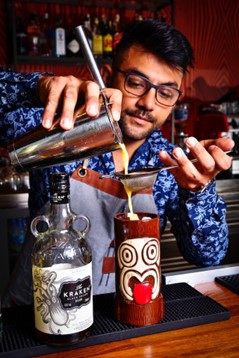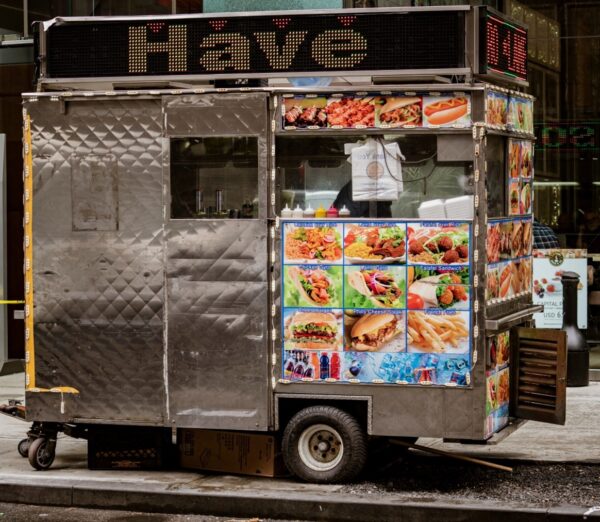Whether it’s locals grabbing a bite to eat on the way to work or tourists attempting to sample every morsel the city has to offer, Chicago is truly a foodie haven. Famed for its deep-dish pizza (among others), it satisfies fine dining aficionados and food truck fans alike.
Ryan Bluestone explains that the city’s food culture has evolved over time, but one sentiment has rung true throughout its history — black-tie restaurants and quick-and-tasty four-wheeled eateries can easily coexist in perfect harmony.
The Iconic Food Trucks of Chicago
Food trucks have been a staple of Chicago’s food scene since around 2008, when the modern food truck era took off. However, the city’s first full-service food truck didn’t hit the road until 2013, when the local government finally put such licenses in place.
Dan Salls’ truck, The Salsa Truck, was the first food truck in the city to acquire a license for serving products that were prepared onboard the vehicle.
At the time, there wasn’t much competition, but that didn’t last very long. The food truck scene rapidly became abuzz with vehicles serving everything from tacos to waffles.
Although much of the hype has died down (especially since the COVID-19 pandemic managed to wipe out many food truck businesses), the scene has somewhat regained its pace as of 2023.
Those looking to sample these delicacies can head to Aztec Dave’s Truck, La Cocinita Food Truck, Yum Dum Truck, Chicago Lunchbox, and Jarabe Mexican Street Food to name just a few.
Introducing Fine Dining
Fine dining has a long but turbulent history in this foodie city, as the first such establishment opened in 1835, two years after Chicago became a town and two years before it became a city!
The Lake House Hotel on Kinzie featured amenities that had previously been unheard of at the location, like menu cards, toothpicks, and napkins. In fact, it was so upper-class that many believed it to be far too posh for their rough and rowdy town.
Despite early opinions, the city began to build a beautiful restaurant scene, but everything wasn’t as rosy as one would expect. Licensing didn’t exist until 1907, and since cholera was a persistent issue at the time, diners were forced to determine for themselves whether an establishment was safe.
Star Chefs and Foodie Culture Were Formed
When 1893 rolled around, however, the World’s Fair saw sophisticated diners head to the city, and it clearly paid off — Chicagoans developed a taste for seafood, prompting one of the most famous chefs back then, Charles Rector, to open a restaurant right in the heart of the city.

Tiki Bars Hit The Windy City
Following WWII, servicemen returning to their homes brought tales from the South Pacific. With this, they began the discovery of interests and the need for escapism, and so tiki bars subsequently flooded Chicago. Couple that with the varied collection of celebrity visitors to the area and it’s no wonder how the city transformed into such a hotspot for food lovers.
Making Ever-Lasting Contributions to Global Cuisine
Both the fine dining establishments and food trucks of this city have made incredible contributions to national and global cuisine, cementing Chicago’s place on foodies’ bucket lists for decades.

